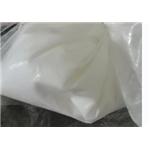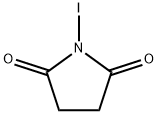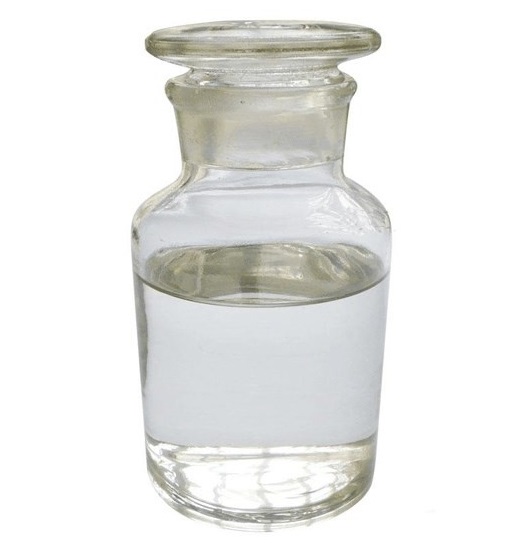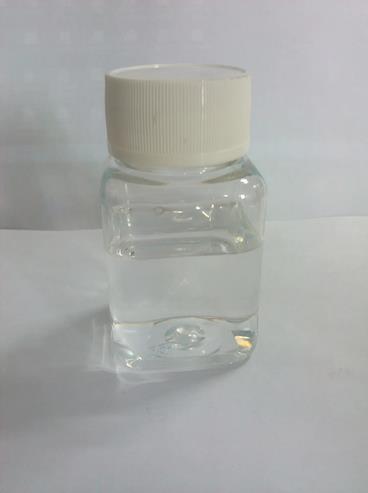N-Iodosuccinimide: Synthesis and applications
General description
N-iodosuccinimide can be obtained by first reacting the silver salt of succinimide with silver oxide from the aqueous solution of succinimide, and then reacting with iodine. N-iodosuccinimide can be used as reagent to iodide aldehyde and ketone. It is an important electrophilic iodide reagent in organic chemistry, which can react with the intermediate of alkenyl aluminum to prepare alkenyl iodine compounds. It can also be used as an oxidizing agent to oxidize and cyclize the two skins to prepare alkenyl iodine compounds β-Lactam. N-iodosuccinimide is a good iodination reagent that can smoothly convert vinyl silane and vinyl stanne into corresponding vinyl iodides. In addition, under mild conditions, the reaction between olefin boric acid and NIS can be converted into olefin iodides with unchanged geometric configurations. N-iodosuccinimide is prone to decomposition and should be stored under nitrogen protection at low temperatures, away from light and moisture. When using, necessary measures should be taken to prevent inhalation of powder with irritating odors. Its appearance is as follows:

Figure 1 Appearance of N-iodosuccinimide.
Synthesis
N-iodosucinimide was prepared according to the procedure reported by Chaikovskii et al. with some modifications [1]. NaI (10 mmol, 2.25 g) and NCS (10 mmol, 1.34 g) were individually dissolved in acetone (25 mL). The two solutions were mixed in a 100 mL round-bottomed flask equipped with a magnetic stirring bar. After it stirred for 15 min, the NaCl formed during the course of reaction was filtered; the filtrate was concentrated under reduced pressure. To remove iodine from the crude product, the solid was washed several times with 15 mL portions of diethyl ether until a bright yellow-colored powder was obtained. The NIS produced using this procedure was used without further purification. Bright yellow-colored powder; yield, 2.115 g (94%); mp = 196−198 °C Mp 200-201°C (mp 200-201°C). Found, %: C 21.52; H 1.70; I 56.12. C4H4INO2. C alculated, % : C 2 1.33; H 1.78; I 56.44. 1H NMR (500 MHz, CDCl3, ppm): δ 7.90 (d, 1H, J = 8.6), 7.74−7.64 (m, 2H), 7.46−7.40 (m, 2H), 7.22 (d, 1H, J = 8.8), 6.87 (brs, 1H), 3.86 (s, 3H). 13C {1H} NMR (125 MHz, CDCl3, ppm): δ 153.9, 139.4, 139.0, 135.6, 132.7, 128.8, 126.9, 124.4, 122.1, 121.9, 112.3, 53.2.
Applications
N-iodosuccinimide can be used to synthesize 3-iodoimidazolo [1,2-b] pyridazine, which is mainly used in pharmaceutical intermediates, organic synthesis, organic solvents, dye production, pesticide production and spices. With 3-aminopyridazine, chloroacetaldehyde aqueous solution, and N-iodosuccinimide as raw materials, the ratio of 3-aminopyridazine to chloroacetaldehyde is 1:0.8-3.5, and the ratio of 3-aminopyridazine to N-iodosuccinimide is 1:0.65-2.1. In an appropriate solvent, 3-iodimidazolo [1,2-b] pyridazine crude product is generated by reaction at 40-150 ℃. After purification, pure 3-iodimidazolo [1,2-b] pyridazine is obtained [2].
N-iodosuccinimide can also be used to synthesize tetrahydrofuran compounds, such as (S)-2-(1 '(Z) alkenyl iodoalkyl) tetrahydrofuran. The optically active (R)-4,5-dienol was used as the reaction substrate and the electrophilic reagent N-iodosuccinimide was iodized to form optically active (S)-2-(1 '(Z) alkenyliodoalkyl) tetrahydrofuran (large amount) and (R)-2-(1' (E) alkenyliodoalkyl) tetrahydrofuran (small amount); The Z-configuration optically active (S)-2-(1 '(Z) alkenyliodoalkyl) tetrahydrofuran was obtained by using the different speed of Sonogashira coupling reaction reaction between Z/E isomers and propargyl alcohol under the co catalysis of bis (triphenylphosphine) palladium dichloride and cuprous iodide [3].
N-iodosuccinimide can also be used as a promoter to obtain a series of disulfides containing asymmetric S-S bonds in medium to good yields by using isothiocyanate as a substrate in a pot of three component method under a metal free condition, with the highest yield of 73% [4]. In addition, it has many other applications: Hydrolyze glucosinolate with TFA chemoselectivity to generate 1-hydroxyglycoside; Preparation of highly substituted iodobenzenes through an effective two-step process via 1,6-diyne; Synthesis of ethylene sulfone from the reaction of olefins with benzenesulfonic acid.
References
[1]Chaikovskii et al. Synthesis of N-iodosuccinimide and its application in H2SO4 as efficient iodination reagent for deactivated aromatic compounds. Russian Journal of Organic Chemistry (Translation of Zhurnal Organicheskoi Khimii) (2001), 37(10), 1503-1504.
[2]Synthesis Method of 2-3 Iomidazolo [1,2-b] pyridazine. Patent number: CN201510630318.2
[3]Synthesis method of optically active 2-(1 '(Z) alkenyliodoalkyl) tetrahydrofuran. Patent number: CN200810162686.9.
[4]Yang et al. N-Iodosuccinimide (NIS) Promoted Synthesis of Unsymmetrical Disulfides Starting from Isothiocyanates Under Transition-Metal-Free Conditions. European Journal of Organic Chemistry. DOI: 10.1002/ejoc.202200954.
);You may like
Related articles And Qustion
See also
Lastest Price from N-Iodosuccinimide manufacturers

US $15.00-50.00/kg2024-04-30
- CAS:
- 516-12-1
- Min. Order:
- 1kg
- Purity:
- NLT98%
- Supply Ability:
- 5 ton per month

US $6.00/KG2024-04-22
- CAS:
- 516-12-1
- Min. Order:
- 1KG
- Purity:
- More than 99%
- Supply Ability:
- 2000KG/MONTH


